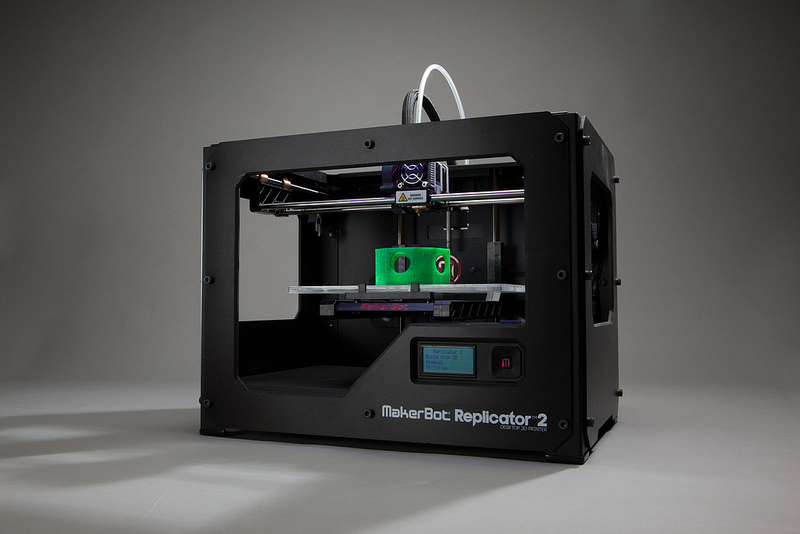
3D printing is already having a significant impact on the way industries conduct business, and the technology is rapidly developing to further its benefits on many aspects of our lives.
Automotive Industry
3D printing is having a noticeable influence on the automotive industry. Companies like BMW and Jaguar are utilizing 3D printers to create sturdy prototypes that can actually be used as parts for cars.
Before this advancement in 3D printing, older 3D printers were only capable of building prototypes that were flimsy and similar to wax. These prototypes were mainly for pre-production purposes, where designers could plan out what they wanted to accomplish by seeing the parts in a weak physical form.
This all changed when 3D Systems began designing radically new materials for 3D printers. The company invented nanocomposites, which are different blends of plastics and powdered metals that can create stronger parts.
Now, 3D printers are able to create objects made out of material that actually feel like the real thing. A part of a new BMW vehicle could be printed and actually placed into the car to use for strength testing purposes, where as before this was not possible.
Medical Industry
Another field being changed rapidly be 3D printing is Medicine. Five years ago, if you were to go into a dentist to get a crown, it would have been made by hand. Now 3D printing is taking over the task. Dentists can simply “wand” your mouth with a 3D scanner, making a digital record of your mouth that can have crowns custom fit to it. In fact, if you had to get a crown in the last 5 years it very well may have been printed from a 3D printer.
This is just one of the many areas where 3D printing is having an impact on the medical field. 3D printing technology has already been successfully used in making prosthetic limbs, custom hearing aids and dental fixtures. One advancement being developed currently is printing functional human tissue and organs for use on patients, something that San Diego-based company Organovo is passionately working on.
Pharmaceutical Industry
The pharmaceutical industry is also being changed by 3D printing. Until recently, medical researchers had to use two-dimensional cell cultures to test drugs during their early stages of development. This posed a problem because 2D cell cultures do not accurately represent human tissue. 3D printing provides a much more accurate and realistic model of tissue, decreasing the likelihood of misleading test results that could cause health consequences in the future.
Testing new drugs accounts for the largest portion of the biopharmaceutical industry’s budget, where over $31 billion is used for research and development. It makes sense that drug companies are excited about 3D printing technology and its potential to reduce wasteful costs. This is also helping to bring beneficial drugs to the market sooner and more efficiently, literally helping to save lives in the process.
Conclusion
Although 3D printers have only come into the public eye relatively recently, the technology has already changed a handful of industries and is quickly being adopted by many more. Whether it be printing sturdy car parts, crowns at the dentist’s office, or prosthetic limbs to help the disabled, 3D printing is causing a technological revolution that is already rapidly changing both the present and the future.
